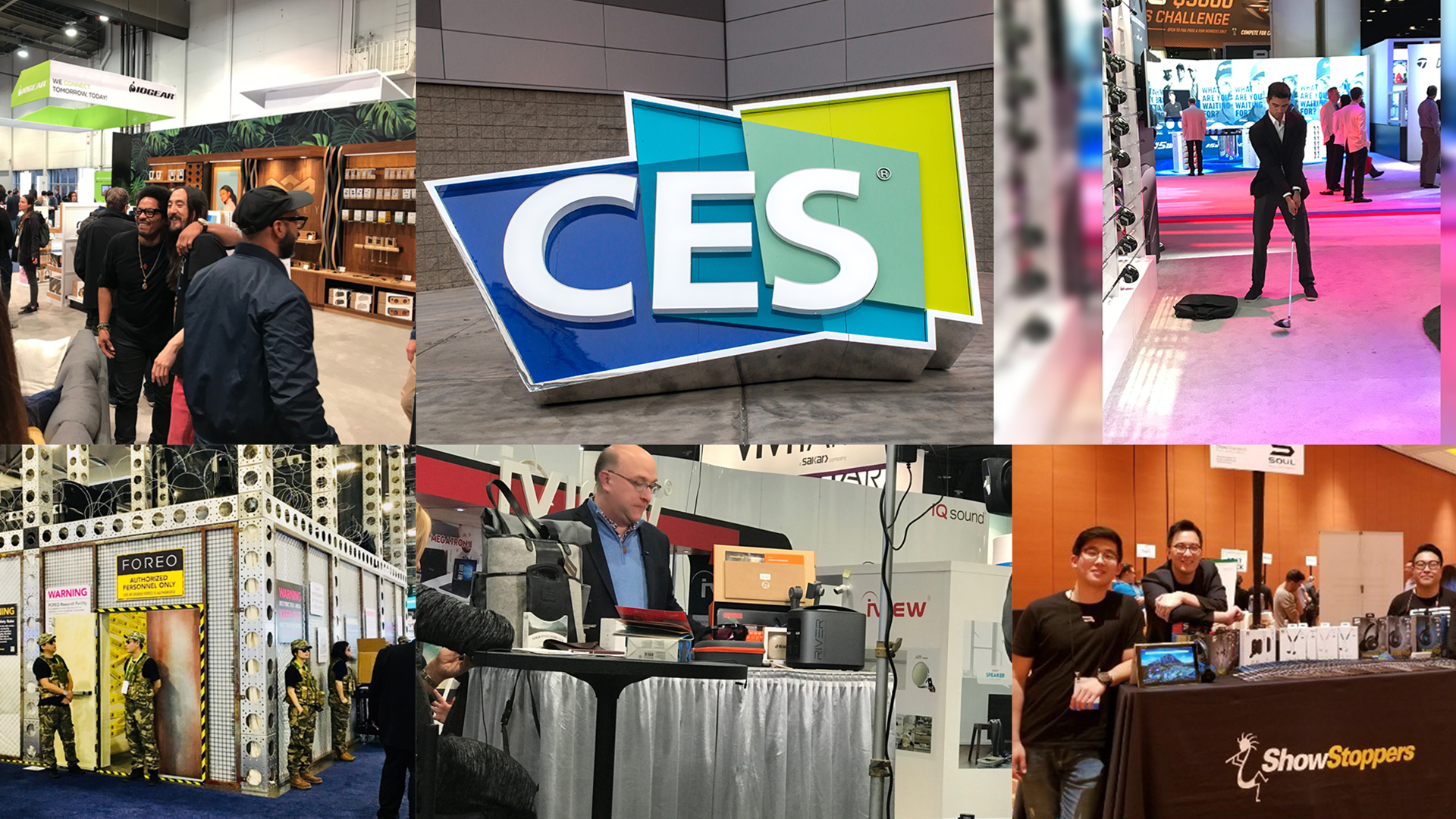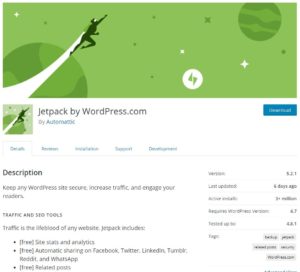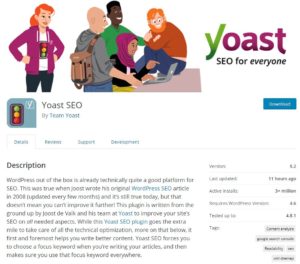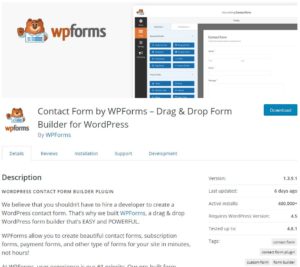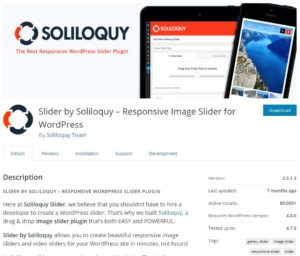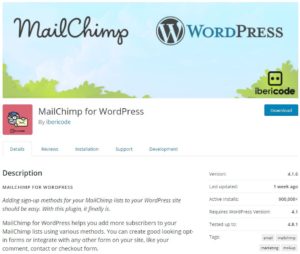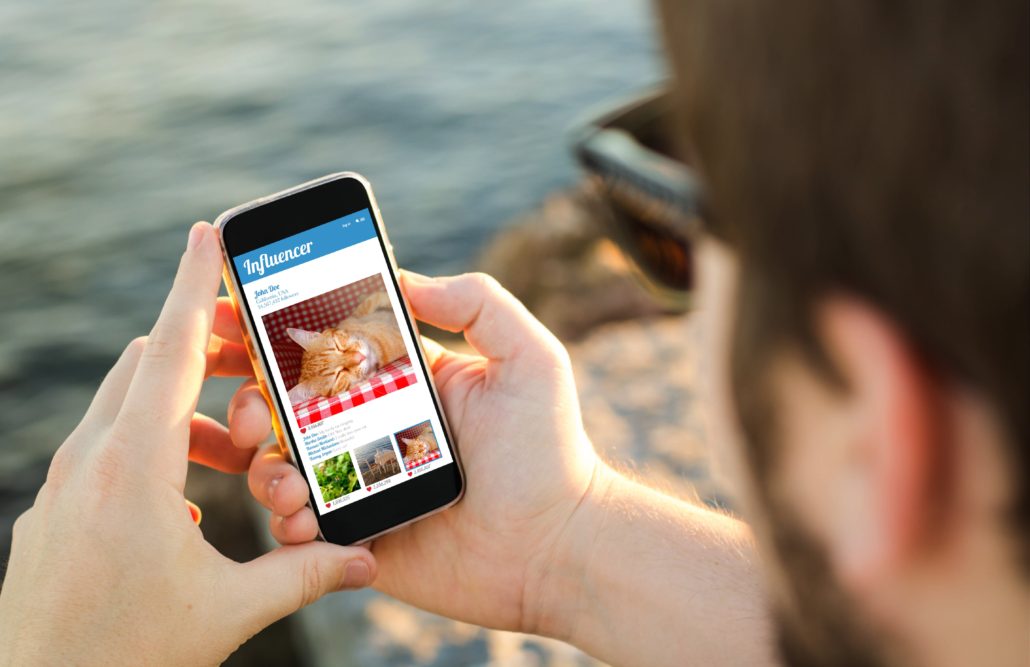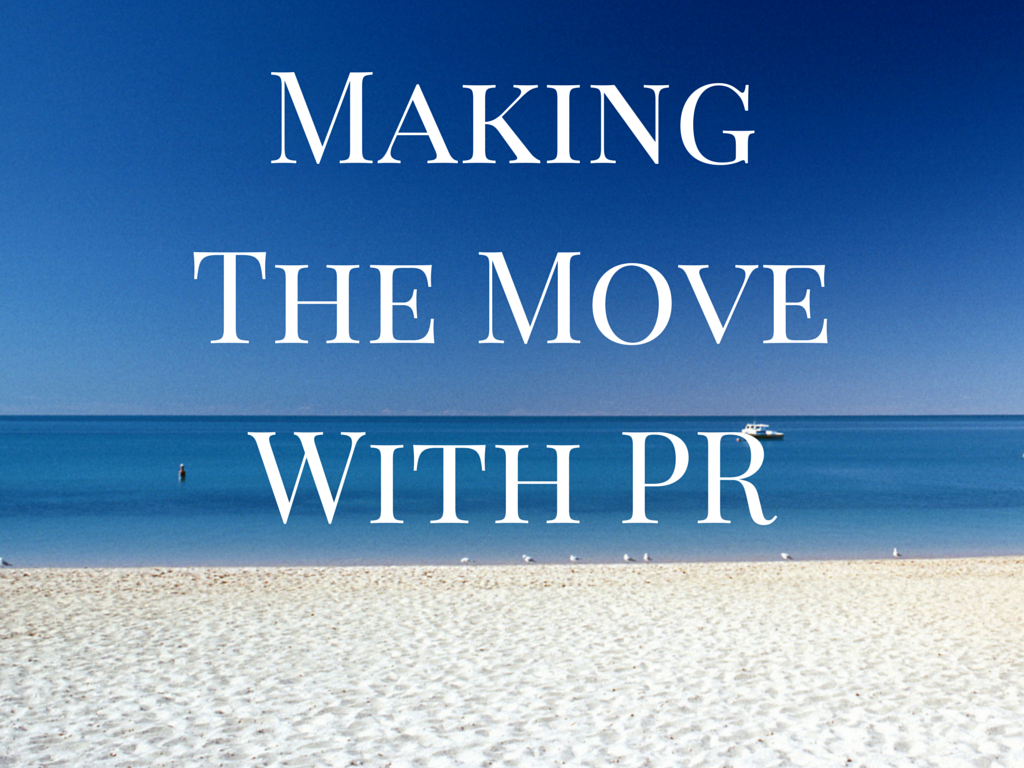Inside the Algorithm: What Facebook’s Changes Mean for Your Content
Facebook’s latest update
Since its launch in September 2006, the Facebook News Feed has been in a state of flux. From the introduction of Like buttons to the prioritization of popular posts to the crackdown on clickbait and fake news, Zuckerberg and company have continually updated the News Feed to optimize the user experience. Since a 2015 report in the Journal of Experimental Psychology that mindlessly scrolling Facebook could be detrimental to mental health, the platform has concentrated its efforts on driving active participation on the platform.
With the latest algorithm update in January 2018, Facebook overhauled their ranking process to focus on engaging content from family and friends over content from brands and publishers. Vice president of News Feed Adam Mosseri shared in a Newsroom post that the updates would prioritize “posts that spark conversations and meaningful interactions between people.”
How does Facebook determine what is meaningful?
The platform is using reactions, comments and shares to adjudicate how compelling a post actually is. While it may seem that engagement spend is the easy answer to this, friend-to-friend interactions will take precedence. Companies will have to think less about what the brand wants to push, and more about what their target audience wants to see.
What does this mean for content creation?
Creators should put themselves into the shoes of their social customer and ask, “What kind of content would I want my best friend to see?” Thought leadership and philanthropic efforts are more likely to organically take root within an organic community than flash-in-the-pan sponsored posts. Similarly, this type of content is more likely to generate long-term benefits than its ephemeral meme-like counterparts.
Additionally, because we can anticipate that users will be spending less time on the platform, there should be a stronger focus on snappy, succinct content that contributes positively to a viewer’s Facebook experience. Gone are the days of sharing a meandering ten-minute YouTube tutorial on your Facebook page; concise, meaningful content is in.
What does this mean for marketers?
Marketers will need to think outside of the box of engagement baiting to create content that is genuinely engaging, rather than artificially popular. Clickbait-style promotions, including giveaways that use “Comment below!” or “Like this post to enter!” will have higher CPM rates, higher cost-per-click and lower organic reach overall than they have in the past.
It will take months for these updates to roll out across all of Facebook’s products. As we learn more about what these changes mean for brand reach and how to best spend in the new digital climate, one thing is true now more than ever: it’s all about your audience.



